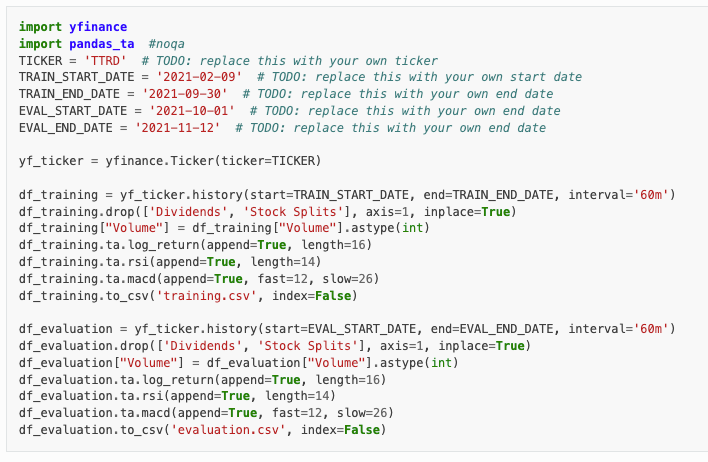Statistical arbitrage (stat arb) is the strategy Ken Griffen used to grow his net worth to $43,900,000,000.
Here's how to get started with Stat Arb in Python:
Here's how to get started with Stat Arb in Python:

1. Select a Basket of Assets
Choose a group of related assets (e.g., stocks in the same sector like tech giants) that are likely to co-move over time. Gather their historical price data.
Choose a group of related assets (e.g., stocks in the same sector like tech giants) that are likely to co-move over time. Gather their historical price data.

2. Model the Portfolio Relationship
Use a statistical method like Principal Component Analysis (PCA) or a simple index (e.g., weighted average) to estimate the "fair value" of the portfolio. Here, we’ll use a rolling mean of normalized prices.
Use a statistical method like Principal Component Analysis (PCA) or a simple index (e.g., weighted average) to estimate the "fair value" of the portfolio. Here, we’ll use a rolling mean of normalized prices.

3. Identify Mispricings
Calculate the deviation of each asset from the portfolio’s fair value. Large deviations signal potential arbitrage opportunities.
Calculate the deviation of each asset from the portfolio’s fair value. Large deviations signal potential arbitrage opportunities.

4. Generate Trading Signals
Trade individual assets: go long on underpriced stocks (deviation < lower threshold) and short overpriced stocks (deviation > upper threshold), betting on convergence to the portfolio mean.
Trade individual assets: go long on underpriced stocks (deviation < lower threshold) and short overpriced stocks (deviation > upper threshold), betting on convergence to the portfolio mean.

5. Backtest and Deploy
Calculate returns across the basket, assess profitability, and deploy the strategy with real-time data feeds.
Calculate returns across the basket, assess profitability, and deploy the strategy with real-time data feeds.

6. Want to learn how to get started with algorithmic trading with Python?
Then join us on March 5th for a live webinar, how to Build Algorithmic Trading Strategies (that actually get results)
Register here (780+ registered): learn.quantscience.io/qs-register
Then join us on March 5th for a live webinar, how to Build Algorithmic Trading Strategies (that actually get results)
Register here (780+ registered): learn.quantscience.io/qs-register

That's a wrap! Over the next 24 days, I'm sharing my top 24 algorithmic trading concepts to help you get started.
If you enjoyed this thread:
1. Follow me @quantscience_ for more of these
2. RT the tweet below to share this thread with your audience
If you enjoyed this thread:
1. Follow me @quantscience_ for more of these
2. RT the tweet below to share this thread with your audience
https://twitter.com/1683526993059430411/status/1894377937316479426
P.S. - Want to learn Algorithmic Trading Strategies that actually work?
I'm hosting a live workshop. Join here: learn.quantscience.io/qs-register
I'm hosting a live workshop. Join here: learn.quantscience.io/qs-register
• • •
Missing some Tweet in this thread? You can try to
force a refresh














